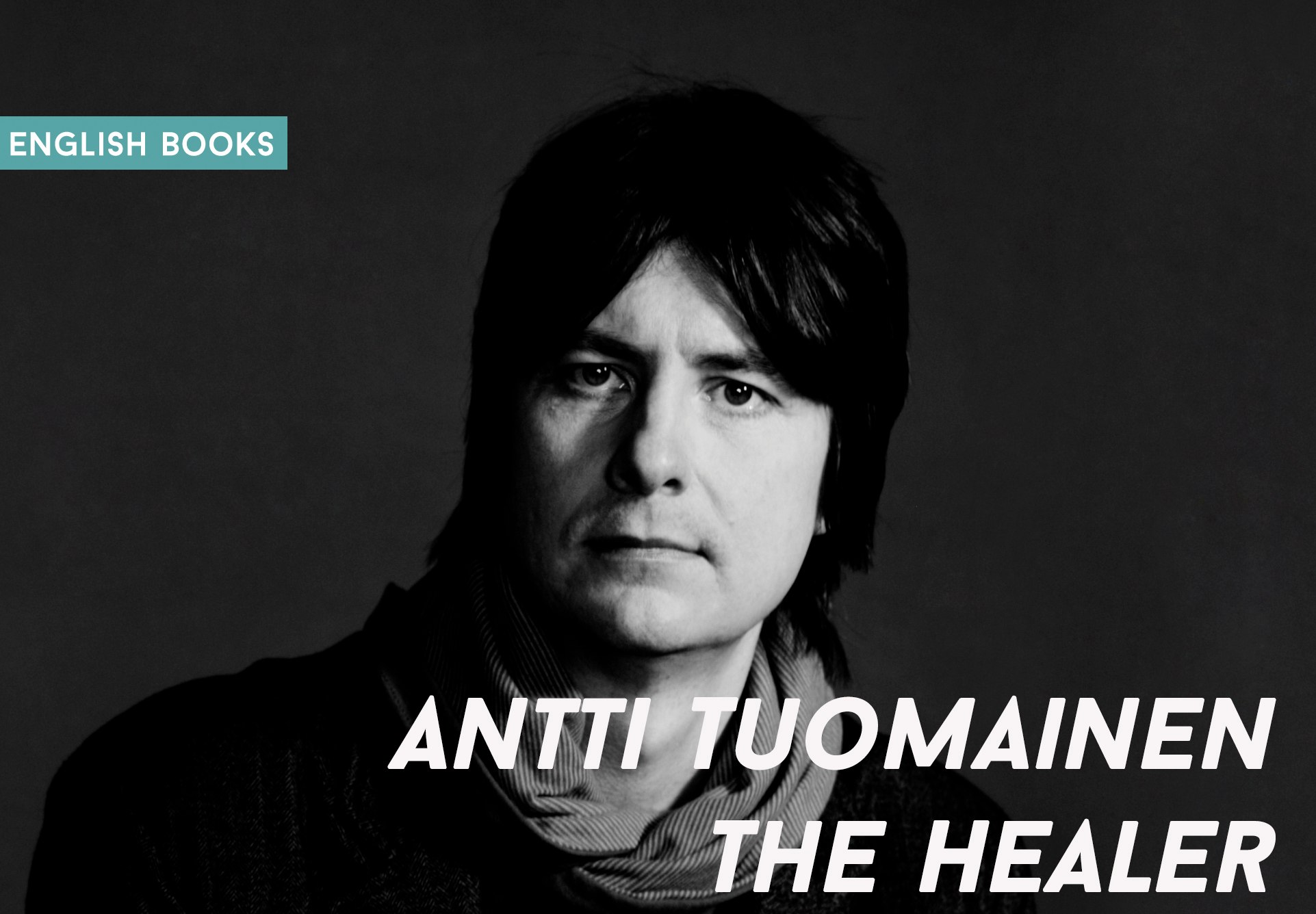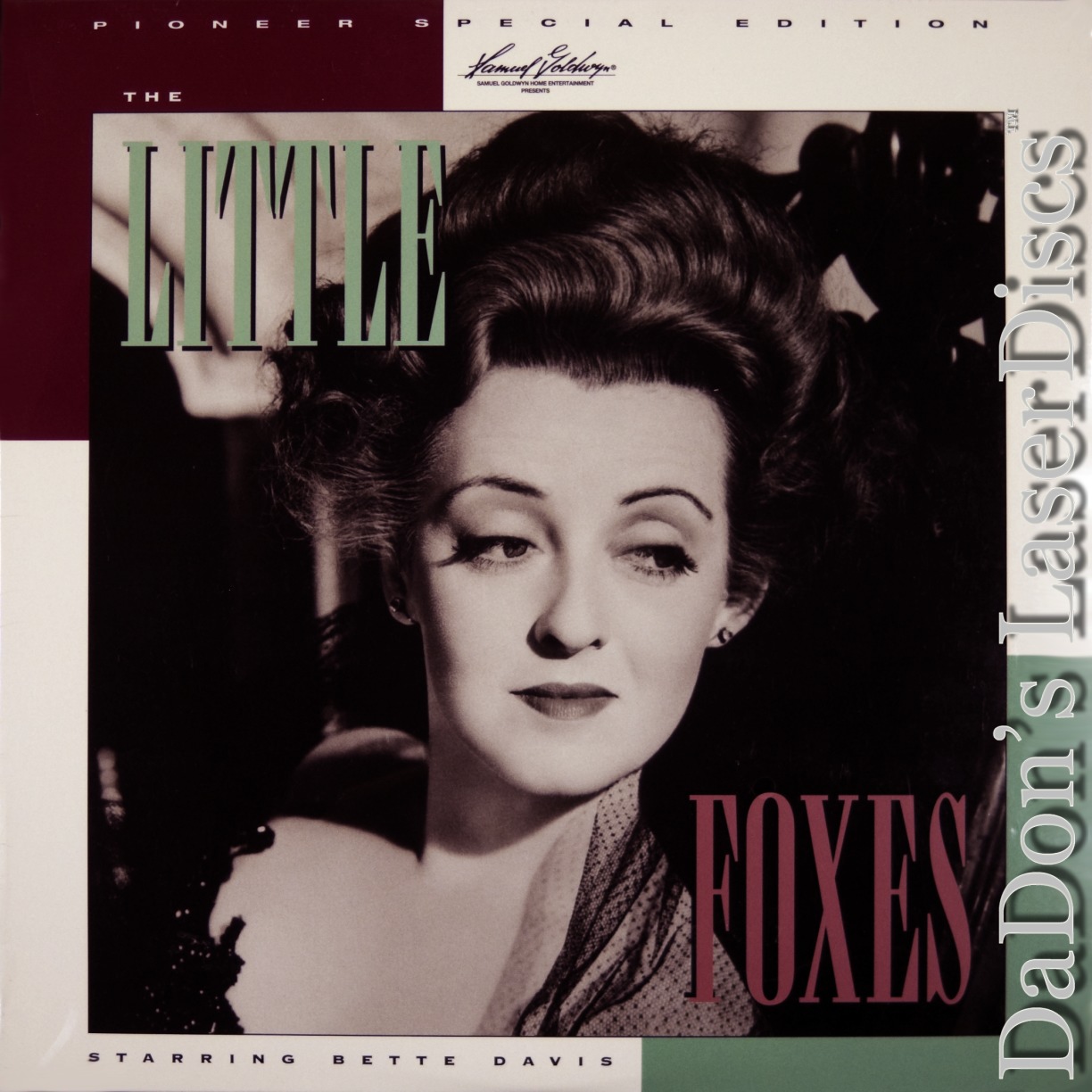

Although he commits these acts, Kazbek’s portrayal of Vovka is is not entirely demonizing: there are relatable motivations central to his monstrosity.įor Mitya, beyond Vovka lies Moscow. He commits horrendous acts against our protagonist, abusing young Mitya until they find the courage to leave. Vovka is a returned veteran, shattered from the war and struggling to adjust after the traumatic memories of fighting in Chechnya. Of the many notably haunting and vivid characters in Kazbek’s debut, the portrayal of Mitya’s cousin Vovka stands out due to its moral complexity. This is demonstrated by the retelling of Koschei’s tale which is interwoven into Mitya’s coming-of-age narrative. While Mitya’s family is concerned for their well-being, Mitya becomes convinced this needle has granted them a type of magic linked with the Russian folklore hero Koschei the Deathless. This seemingly catastrophic event becomes a catalyst for a type of metamorphosis-by-trial. The novel is set in Moscow, Russia, immediately following the collapse of the Soviet Union Mitya is two when they seemingly swallow the sewing needle that changes them. She opens a window into a dream where swallowing a needle can be as real as the consequences of war, and where familiar cycles of abused and abuser bear striking resemblance to the cycles of our own waking world.


In Little Foxes Took Up Matches, Katya Kazbek uses this familiar magic to cast a different, more complex spell. Inherently, by reading these stories, we are imprinted with their lessons. Hansel and Gretel barely survive a scrape with cannibalism, little red riding hood finds herself carved out of a new bloody shag rug, and a lion learns to hire mice for specialist labor. Fairy tales, fables, and folklore have traditionally been used to filter the harsh realities of the world: serving as a milk-sweet saliva to break down the bitter, coarse indigestible bits.


 0 kommentar(er)
0 kommentar(er)
